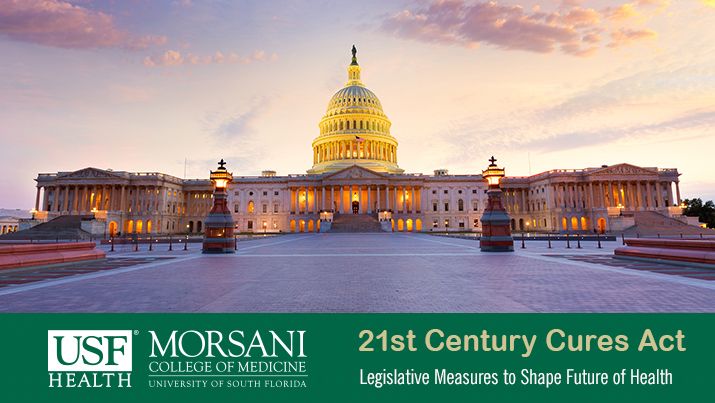There are not many issues members of Congress agree on, but the passage of the 21st Century Cures Act late in 2016 proved that supporting health care innovations in the 21st century has strong bi-partisan support.
Proponents of the legislation say it will have a profound effect on the lives of all Americans.
Democrats and Republicans lined up to support the bill, which aimed to “help modernize and personalize health care, encourage greater innovation, support research, and streamline the system,” according to the act’s mission statement.
The U.S. is the world leader in health care innovation infrastructure. It also provides necessary resources to researchers for them to continue efforts to unravel the mysteries of science and develop the next great cure or treatment for terminal diseases. These considerations appear to cut across party lines.
Impact on the Future of Healthcare
In the 21st century, breakthroughs in health care occur at an astonishing rate. The purpose of the 21st Century Cures Act is to put policies in place to shatter barriers and insure that the United States keeps up the pace.
Technology has led to innovations that enable scientists to map the human genome and create advancements in personalized care linked to molecular medicine. Physicians are changing how we think and what we know about once incurable diseases.
Innovations are “changing the face of disease treatment, management, and cures,” according to the U.S. House of Representatives Energy & Commerce Committee. “Health research is moving quickly, but the federal drug and device approval apparatus is in many ways the relic of another era.”
New health care laws coupled with strong leadership and dynamic scientists at federal agencies, such as the National Institutes of Health and the Food and Drug Administration, will keep the United States on the cutting edge.
The 21st Century Cures Act is a first-of-its-kind law. It lays out comprehensive steps designed to increase the pace of approvals.
The act includes a wide range of processes, including the discovery of cures in basic science, streamlining the drug and device development process, and unleashing the power of digital medicine and social media at the treatment delivery phase.
Funding Research
As part of the act, the Public Health Service Act was amended to reauthorize funding for the National Institutes of Health through fiscal year 2018. It establishes the NIH Innovation Fund to pick up the cost for the development and implementation of a strategic plan, early stage investigators and high-risk, high-reward research.
A loan repayment program will be created to support young emerging scientists. It will make available additional funds, including maximum awards for other loan repayment programs, to health professionals who specialize in research.
Scientists who are recognized for doing outstanding work in their field of expertise also will be able to tap into a grant program. However, any recipient of the Capstone Grants program will be banned from participating as a principal investigator on subsequent National Institutes of Health (NIH) awards.
The legislation will lead the way to more pediatric research. It will be the responsibility of the NIH to coordinate expanded pediatric research and convene a workshop on appropriate age groupings and age exclusions in human research.
To make sure the research touches the lives of children, the NIH will be required to publish the number of young participants in the program. The Pediatric Research Initiative also will be revised to require the establishment of a National Pediatric Research Network.
The NIH and Food and Drug Administration will be required to implement a system that allows further research on clinical trial data.
The Centers for Disease Control and Prevention (CDC) must expand surveillance of neurological diseases.
Protecting Health Data
Also, the Department of Health and Human Services (HHS) will be charged with revising health information privacy rules. Under new health information privacy rules, the 21st Century Cures Act allows the following:
- Use of protected information for research purposes to be treated as use for health care operations
- Remote access to information by researchers
- Individuals to authorize future use of their information for research.
Sponsors of the bill praised the efforts of customers, patient advocates, researchers and other health care leaders for their input to help advance scientific knowledge, according to the 21st Century Cures Act mission statement.
Advocates described the 21st Century Cures Act as a bill to help modernize and personalize health care, encourage greater innovation, support research, streamline the system, and eliminate a major gap between the science of cures and the way we regulate therapies.




